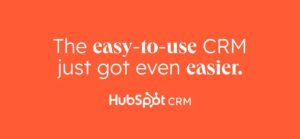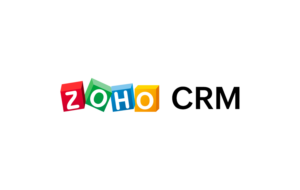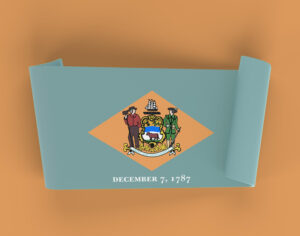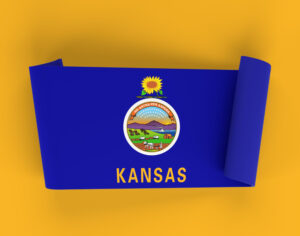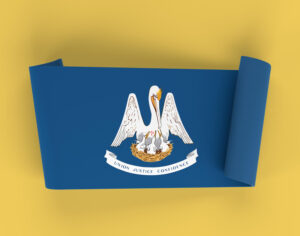How to Write Newsletters
Sections of This Topic Include
Newsletters That Work
Various Perspectives on Writing Newsletters
Also consider
Related Library Topics
Learn More in the Library’s Blogs Related to Writing Newsletters
In addition to the articles on this current page, see the following blogs which have posts related to Writing Newsletters. Scan down the blog’s page to see various posts. Also see the section “Recent Blog Posts” in the sidebar of the blog or click on “next” near the bottom of a post in the blog.
Newsletters That Work
© Copyright Lisa Chapman
How to Create Newsletters That Capture Attention.
Your email newsletter is an extension of your company’s brand and personality. It’s an opportunity to offer value and keep your customers engaged. Yet so many times, companies don’t even get to first base – their email newsletter never gets opened!
This list incorporates the most important components of a successful email newsletter, with a few examples of how to use them. I’ve chosen to apply them to The Last Best Women – a nonprofit organization that offers microfinance to impoverished women in third world countries – but they apply to for-profit businesses just as well:
- Compelling Subject Line: The very MOST important thing for ANY newsletter is a Compelling Subject Line – something that captures your readers’ attention and intrigues them to open it. You’re competing against dozens of other non-essential emails every day. Most people don’t have time to open every email they receive. So yours must pop out. Here is an example of a compelling subject line: “How YOU can help change a life with just one email”. Then in the inside, on the first page at the top, repeat that with the answer: “Please pass this email on to six grateful women you know who might want to learn how microfinance changes the lives of impoverished women.”
- Call to Action: Every newsletter should have a Call to Action – above the fold, so to speak – at the top of the computer screen. If you do #1 above, that is your Call to Action. Another Call to Action might be: “Please read more about how microfinance gave Rosalinda Flores renewed hope for her family and financial earning power she never dreamed possible.” Next to this is a link to an article that tells the story about this real woman and her real microfinance success. Another great Call to Action could be a specific Tweet you ask them to send. Or a Facebook Post.
- Tell Stories: Reader interest at least TRIPLES when you tell a real story. Every business has great customer stories. If you haven’t collected them, just ask them! It also makes for a great Facebook or LinkedIn post. Use real names and pictures. Keep it rather short.
- Testimonials/Quotes: Almost nothing is as powerful as a quote or very short testimonial. Top of fold, first page, with picture, preferably.
- Pictures: Every newsletter should have pictures. The Executive Directors’ picture personalizes her message. Pictures of volunteers help them feel more connected to the organization. Pictures of the recipient of the organizations’ services give readers the feeling that they are in touch with what this organization does.
- Mission/Vision: The first page, top of fold, is the best place for the Mission/Vision. It’s enormously important to remind and reaffirm everyone of the organization’s good work.
- Facebook Like Button: FB, Twitter, other Social Networks – make it easy for readers to add them. Links placed first page, top of fold.
- Headings and Subheads: Readers today are scanners. If they see a large block of text, they’ll likely skip it. In order to get and keep their attention, use short, meaningful headings and subheads in larger, bolder fonts. Break up text into 2-4 sentences between each heading.
- Use a Chart to Track Something: If you give Readers something interesting to track, they’ll have another reason to open the next email. It could be the number of microfinance recipients worldwide, or the growth of your own organization, or a timeline to your first funding.
- Use a Tagline, or Explain the Organization’s Name: At first glance, your Reader should get the meaning of the newsletter in under TWO SECONDS. So add a tagline under the name, or dedicate some space to explain what “The Last Best Women” means. In the next two seconds, your newsletter should convey why the Reader should care. Many of the tips above help achieve that – especially compelling headings and subheads, and captions under pictures.
- Ask Readers for Input: Social Networking (including newsletters) is all about “engaging” your readers. Ask them for links to other microfinance organizations. Ask them what these organizations do right – or where they miss the boat. Engage your readers with questions – and post them on FB.
- Use a Conversational Tone: Social Media is casual and authentic. Accessible feeling. You are appealing to human emotion in your newsletter – with rich resources of human need, stories, pictures, mission, and successes (even if they’re others’ successes – you can talk about organizational role models for building your organization.)
- Use Strategic Keywords: Choose 2-3 important keywords. Place them in headings and subheads, and in the first 200 words of the text. They should be used 3% – meaning, of every 100 words, use each keyword 3 times. When you attach this newsletter to your website, it will be crawled by search engines and found because of this planned use of keywords. Tip: If you didn’t know about LBW, but were sitting at Google’s search bar and LBW was the perfect result you’re hoping to find, what would you type in the search bar? Those are your strategic keywords.
These ‘tips’ actually work! They make your newsletter captivating, and help you stand out from a very crowded crowd. Newsletters are definitely an art. Your style will evolve as your organization evolves.
Various Perspectives on Writing Newsletters
How to Create an Email Newsletter People Actually Read
HOW
TO PUBLISH YOUR OWN NEWSLETTER
How to make an employee newsletter your CEO’s best friend
How to Write a Newsletter That Gets Read
For the Category of Communications (Business Writing):
To round out your knowledge of this Library topic, you may want to review some related topics, available from the link below. Each of the related topics includes free, online resources.
Also, scan the Recommended Books listed below. They have been selected for their relevance and highly practical nature.
 Sections of this topic
Sections of this topic






